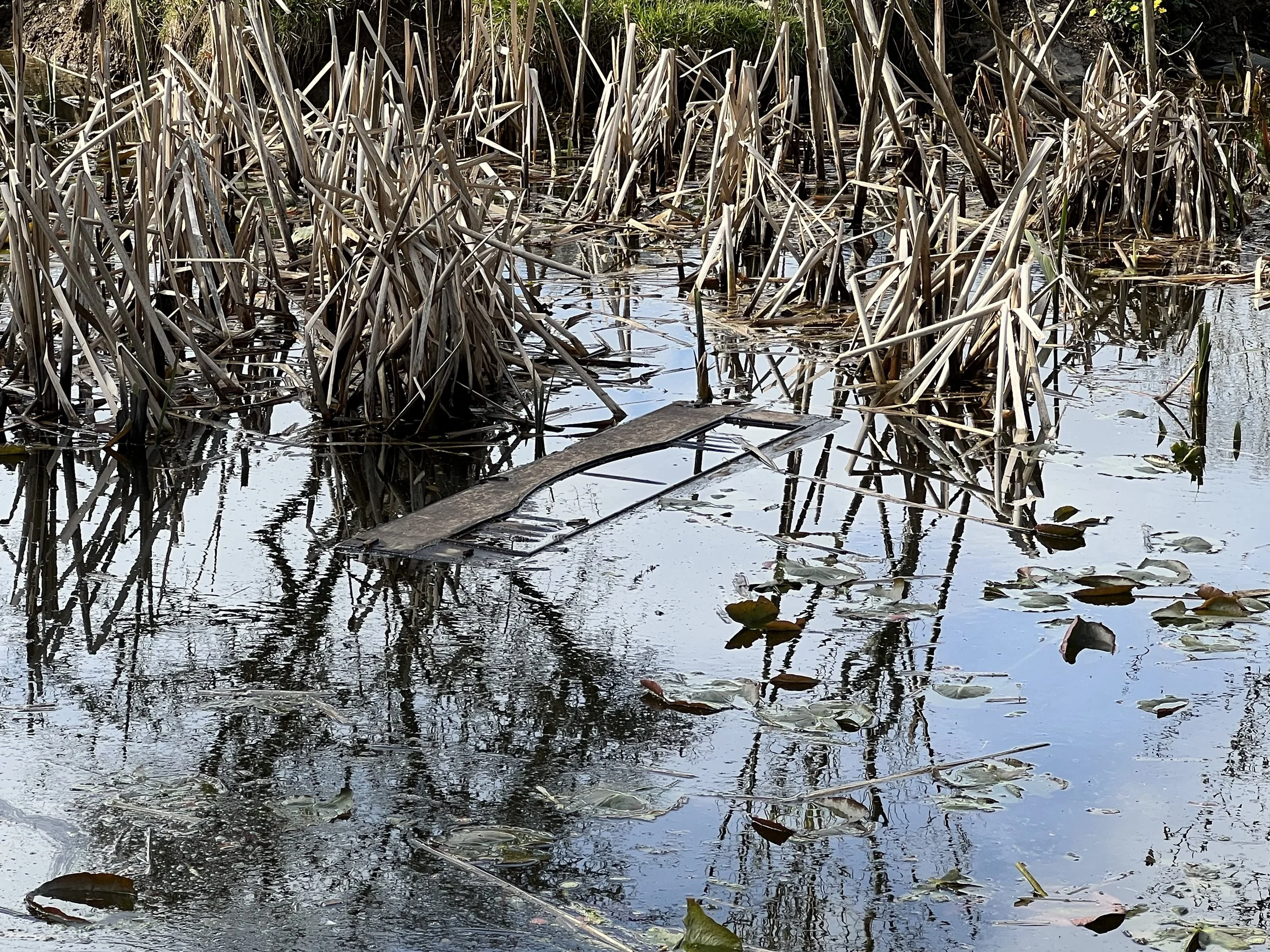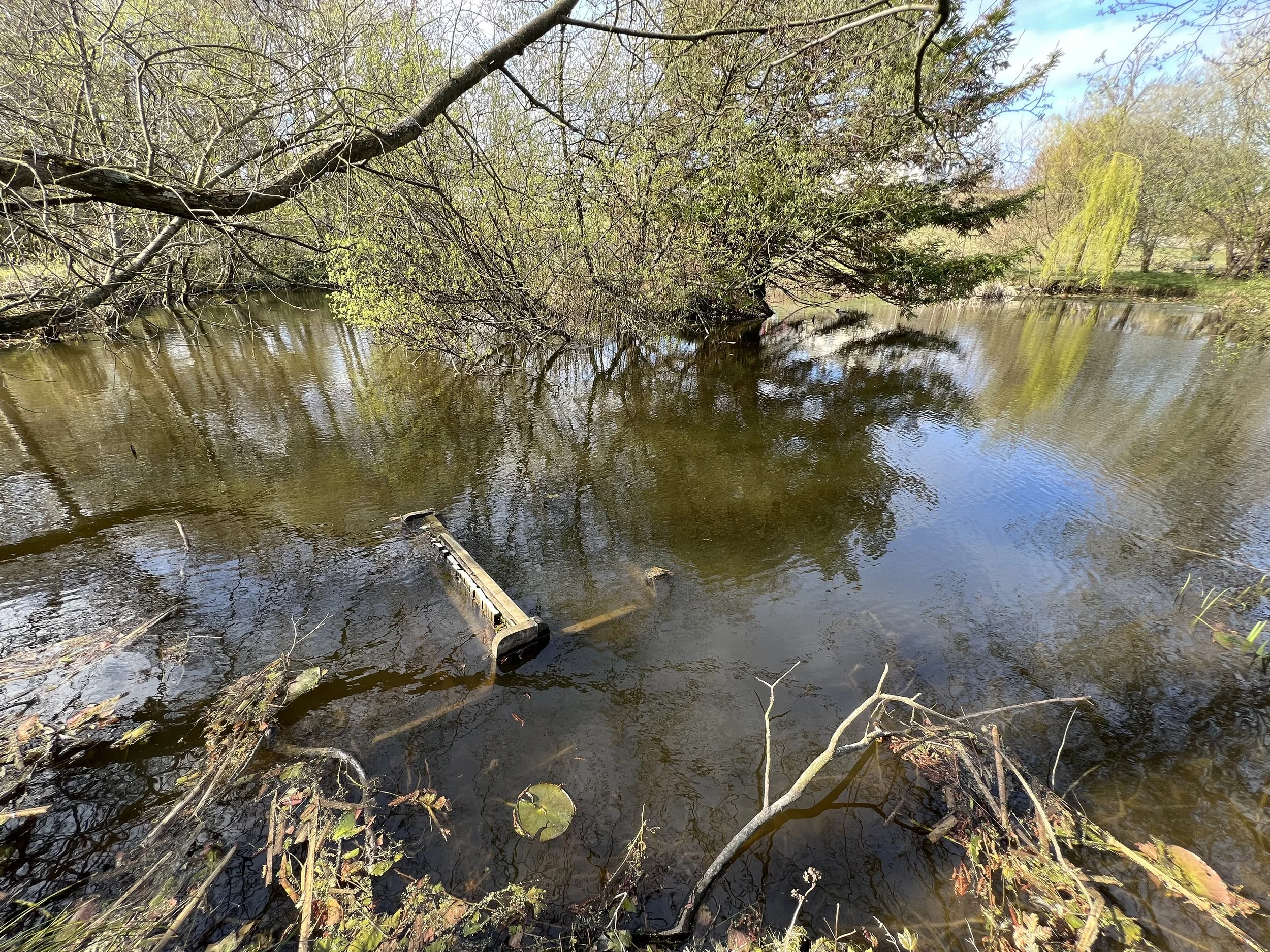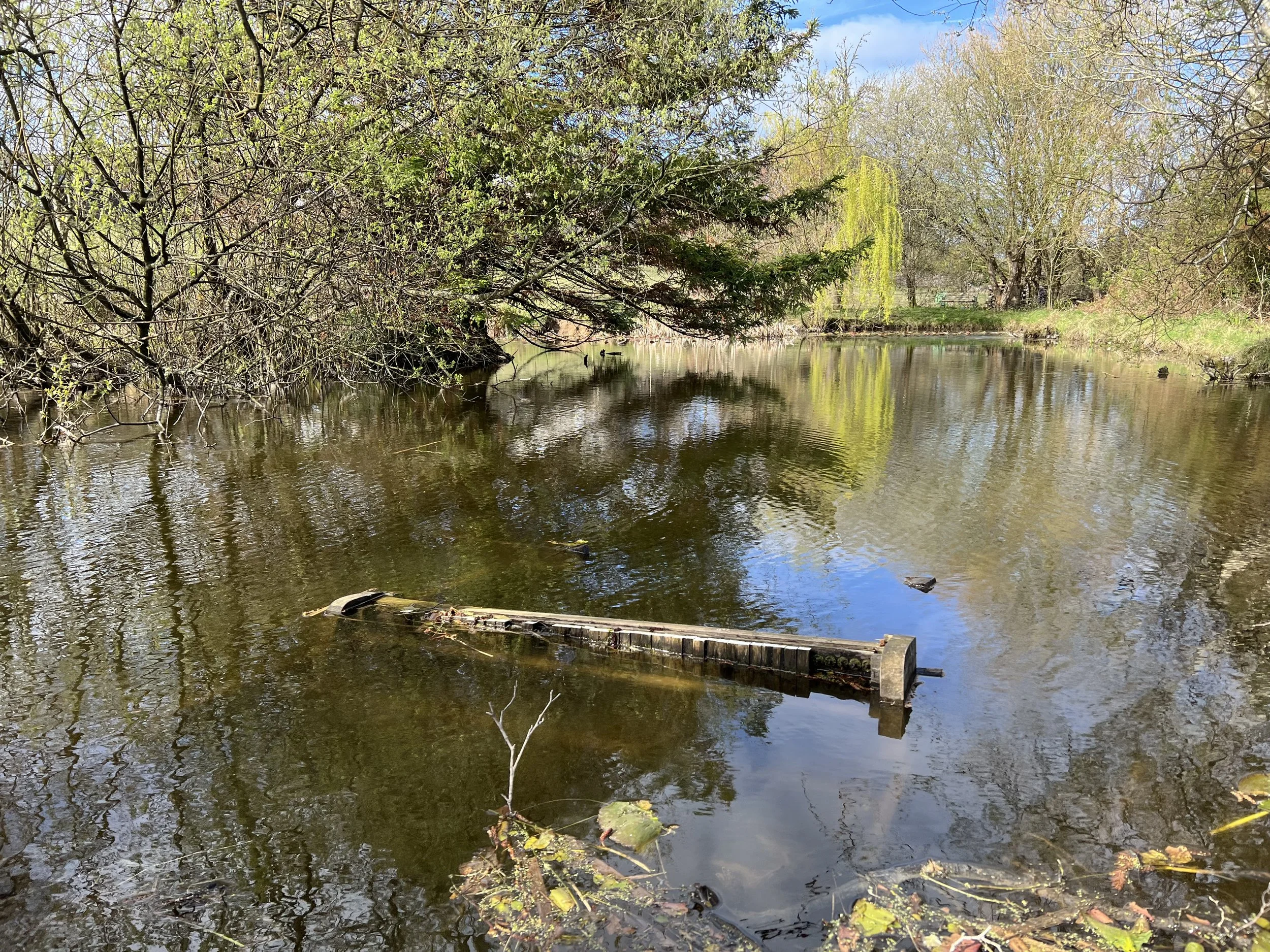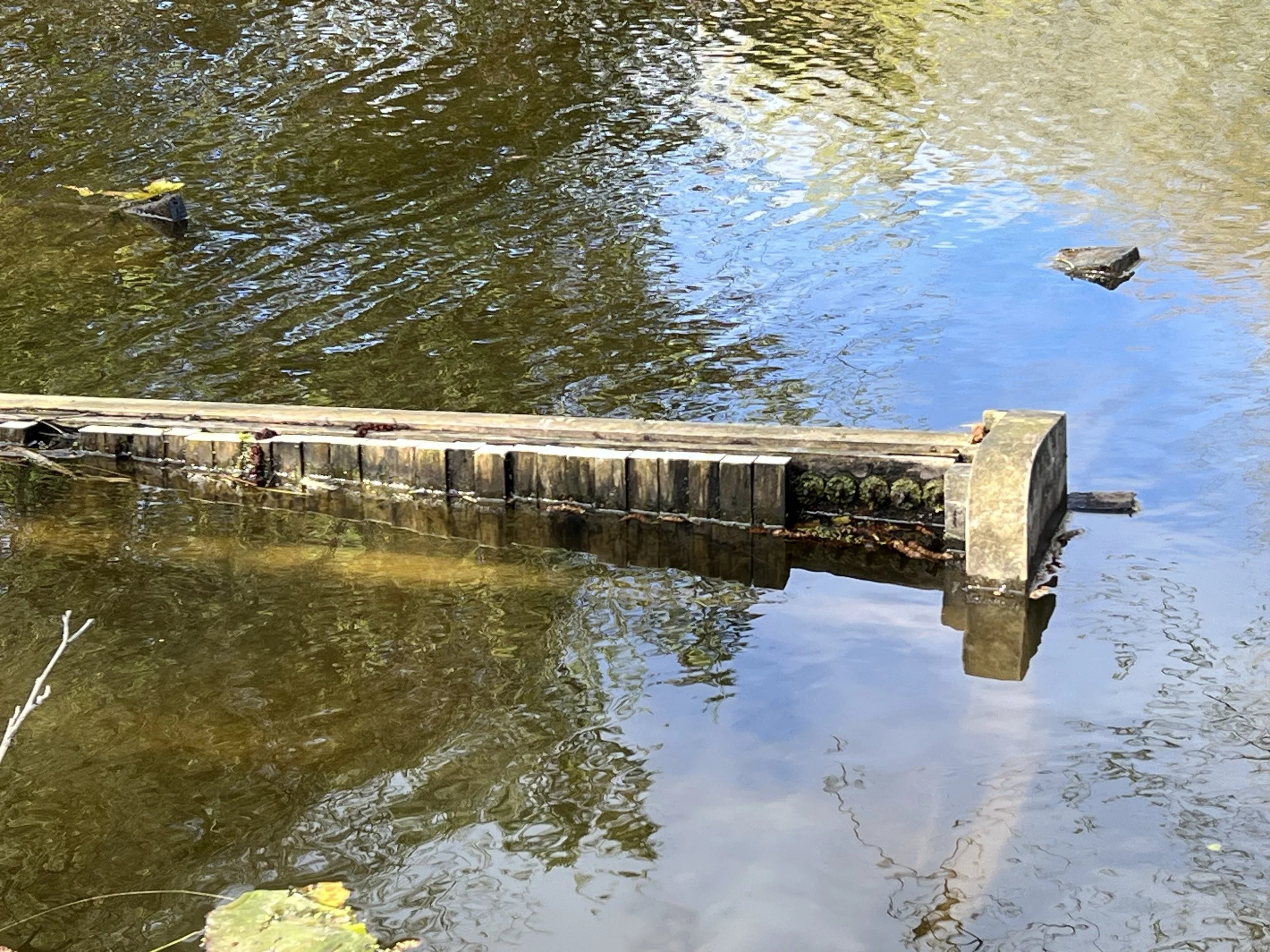Piano Drowning response
From Devanney Haruta, following her visit to Plas Bodfa on March 26th, 2025.
My visit to Plas Bodfa was somewhat of a last-minute idea. I had been traveling in the UK for my dissertation research and saw that from where I was based in London, I was not far from Llangoed. I reached out to Julie, unsure how she would respond to a stranger’s email asking to visit her piano. Luckily, I received a warm response, and the following week I found myself on a train to Bangor, beginning my “piano pilgrimage,” as Julie called it.
I learned about Plas Bodfa and the piano from Julie’s blog, which I have been following for a few years. Her blog inspired me to start a similar digital piano archive for my own decomposing piano project, titled Piano (de)composition. This piano – an early 20th-century Baldwin baby grand – is located outside the Music Department at Brown University in Providence, RI, USA, where I’m currently a Ph.D. student in Musicology & Ethnomusicology. Since February 2023, the piano has been sitting under a small cluster of trees, exposed to the salt air and the changing New England seasons, and played by curious students passing by on their way to classes.
Piano (de)composition and Piano Drowning are, of course, very different projects. One is an upright submerged in a pond, the other a grand under the trees. One is in Wales, one in the United States; one is on private property, the other on university-owned land. Yet over the course of my few days with Julie at Plas Bodfa, we found that both projects generated similar questions of life and death, of materials and mythology, and of the deep history and cultural weight of pianos. For three days, we could not stop thinking and talking about pianos.
Our conversations ranged from the practical to the philosophical, from the piano as physical form to the piano as idea and symbol.
What are pianos made of, and how do these materials decompose?
What is the relationship between decomposing piano and natural environment? How does the environment change the piano, and how does the piano affect its environment?
How do we react to a decomposing piano? How do we listen to and move through the space around it? How does this make us feel, and why?
When does the project end? When has the piano fully decomposed, or drowned?
Beyond the bounds of the project, when does the piano stop existing as a piano? When it stops making sound? When its keys fall off? When the wood has fully disintegrated and its form is no longer recognizable?
On the morning of March 26, 2025, I walked to the pond with Julie, Dominic, and Ynyr to see the piano for the first time. The piano lay on its back, submerged but for the tops of its keys that rose slightly above the still surface of the pond. It reminded me of a shipwreck, fuzzy with brown algae and pond residue. Or perhaps Shakespeare’s Ophelia; the Millais painting came to mind, featuring a drowned Ophelia in a gossamer skirt that billows and disappears into the depths of the water, with two hands that float on the surface like blooming water lilies. Both beautiful and tragic, heartbreaking and serene.
However, the piano is not drowned but drowning. To perform Piano Drowning, as Annea Lockwood writes, one should “take photographs and play it monthly, as it slowly sinks.” It is an ongoing process of documentation and engagement, of watching and listening, unfolding and changing over time. The piano will continue to change, even when it is a pile of rotting wood and rusted cast iron at the bottom of the pond. Originally destined for the dump, both Julie’s upright and my Baldwin were declared pieces of trash and deemed no longer suitable for music-making. As public projects, they are now subjects of careful observation under custodial care. They are alive again, if only through our continued attention. Our visits to the pond, to the grove of trees, or to the online blogs generate more care and consideration than the instruments would ever receive in a landfill. Even in piano death, we can find their afterlives full of curiosity and meaning.





